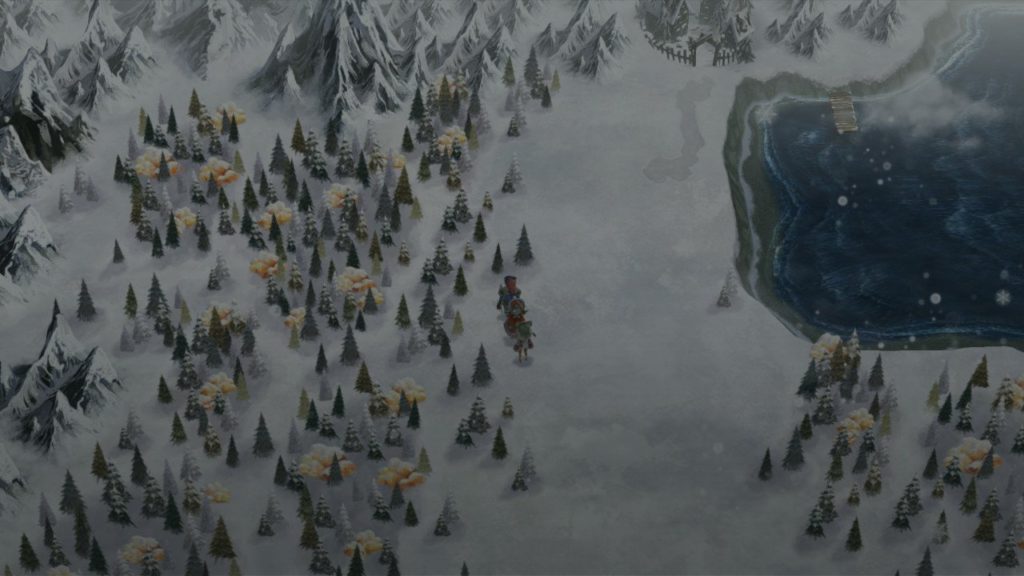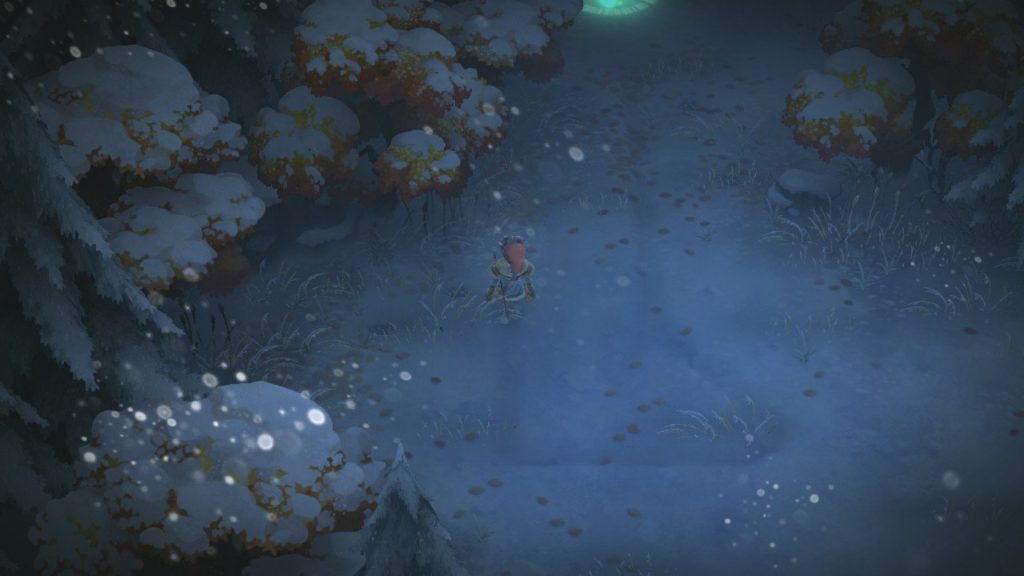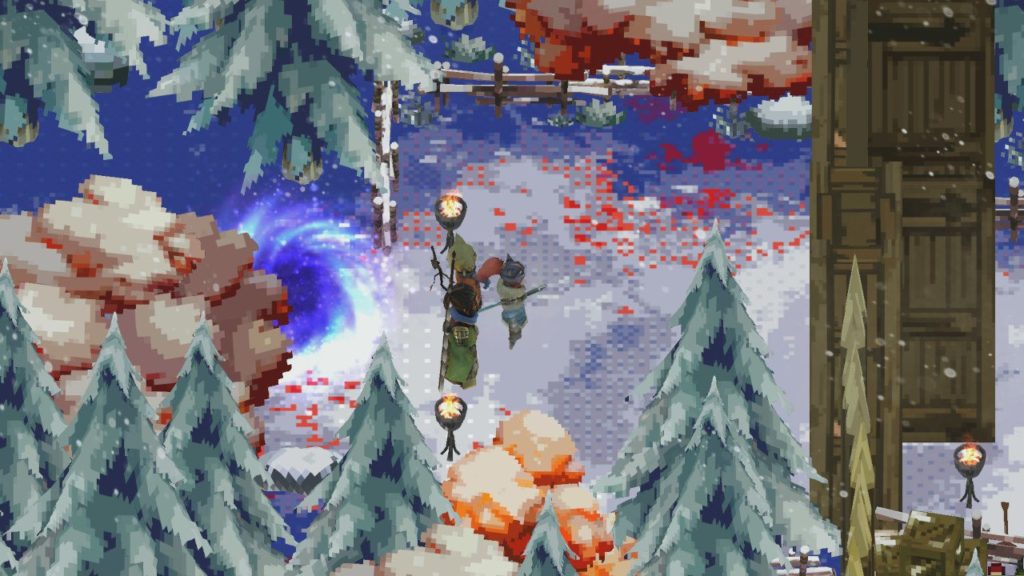- Genre: JRPG
- Platform: PS4
- Also Available On: Windows, 3DS (Japan Only)
TL;DR
- Pretty traditional turn-based JRPG typical of the series, with a few nice modern features brought in
- Fantastically gorgeous game thanks to using UE4
- Solid story that kept me pushing forward, even if the “true ending” path got unnecessarily grindy
I’m pretty sure I’ve made note of the fact that I’m a sucker for JRPGs in the past, and Dragon Quest 11 is about as JRPG as it gets. The story is nonsense, the battles are strictly turn based, the grind is real, and the characters are still default Akira Toriyama. Despite it all, this is clearly a modernized entry in the series from the visuals to some of the little gameplay elements that improve the overall experience, and it ends up going a long way to finally bringing the series into the current generation.
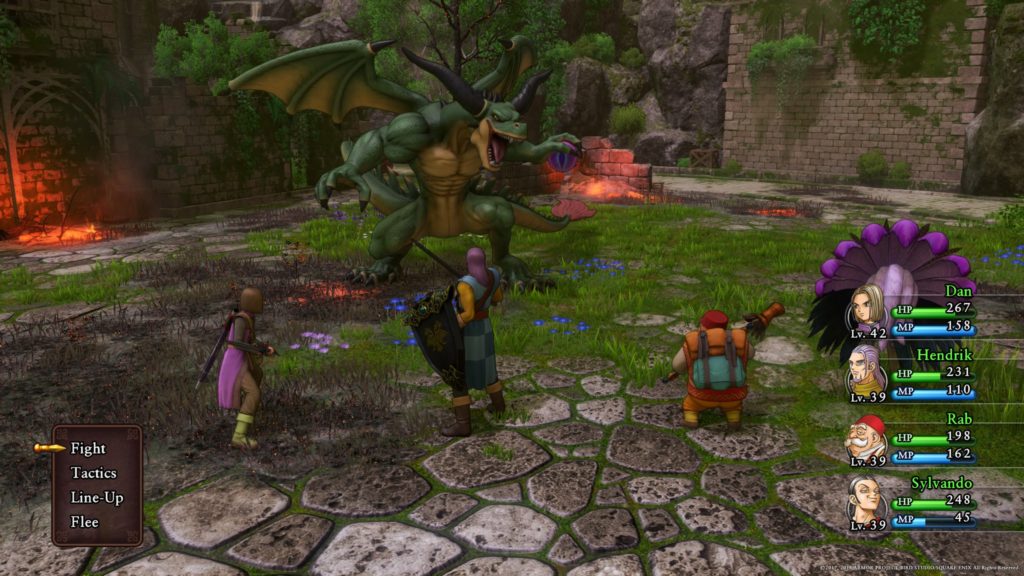
Since this is a JRPG, I’d be remiss if I didn’t start with combat. This is definitely a very traditional experience, even within the Dragon Quest series. Turn order is based loosely on an effective speed stat. Player characters have their basic attacks, skills, and magic attacks. The general class archetypes of warrior, thief, mage, healer, etc are all present and each character definitely has their strong suit. Behind it all is a skill tree for each character that the player can customize via skill points earned at each level. Basically, it’s what you’d expect from a JRPG.
However, it’s the little things that this game brings that make this game an obviously more modern approach. Auto battle makes its return from DQ9 to keep the pace of individual fights moving along. It allows for setting priorities on how AI react, or can be turned off entirely on a per-character basis if more decision making detail is needed. The party line up AND equipment can be changed at any time from within battle, allowing for very detailed strategies on harder content if a party or equipment setup isn’t working well. Even more importantly, characters not in the active party gain 100% of XP from a fight, allowing the player to focus on the style that makes sense at the time without severely penalizing them for not using all characters at once. In general, this is following a pattern of traditional but modern that is seen in a lot of other areas of the game.
I think most importantly though, this game has auto saves at pretty much every door and cutscene. I couldn’t tell you if this was a technical or gameplay consideration, but simply knowing that I wasn’t going to lose a ton of progress to a boss death was a huge improvement to my overall play. Rather than worrying about finding a save spot before a boss or worrying about my level, I simply always did boss fights. Generally speaking this was fine and I would get through fights. For a good portion of them, it also meant that I was going into fights at a challenging level, rather than grinding a bit more just to be safe. Overall it resulted in two really important changes to my usual JRPG game style; I did a lot less grinding so the game didn’t drag, and because of my level I was able to enjoy the challenge of level-appropriate or even underleveled fights without caring about whether I was going to die. It may sound weird, but it just made the game more enjoyable knowing I was going to play this way.
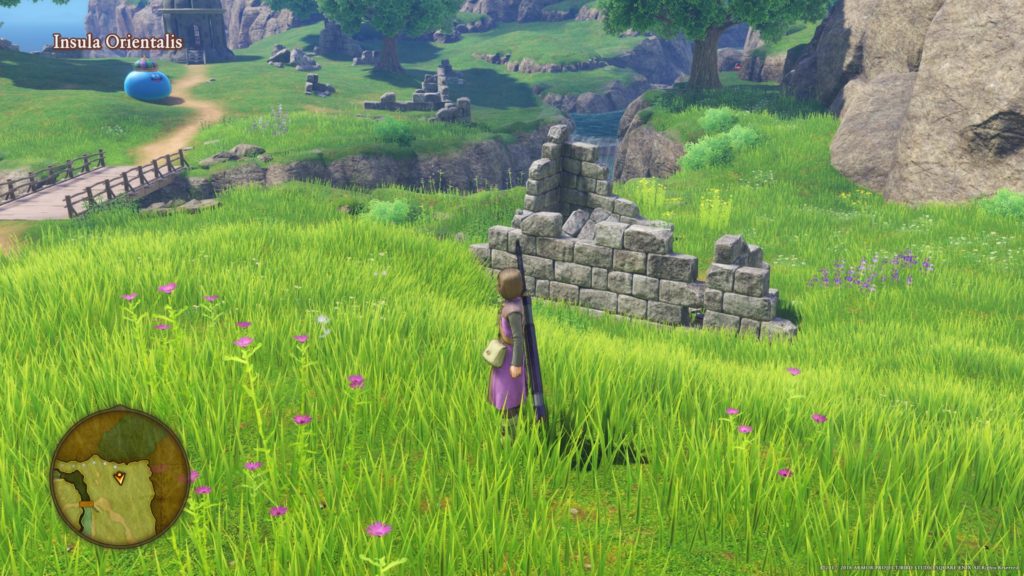
The non-gameplay elements also fit well into the traditional but modern approach. Visually, this is probably the best looking JRPG I’ve played, hands down. Games like Final Fantasy 15 brought the flash in an open world setting, but definitely stretched the definition of what a JRPG really is. Dragon Quest 11 doesn’t sacrifice visuals at all while still maintaining the JRPG gameplay. Even better, the modern style allows for all enemies to be seen in the field in ways that make sense, so there are no random battles to be seen. On the other hand, the music side of things is very traditional Dragon Quest. Simply put, the game uses entirely MIDI audio instead of a fully orchestrated soundtrack. Admittedly I enjoyed the hell out of it, but I can see why it’s been rubbing some people the wrong way compared to a lot of expectations of modern games.
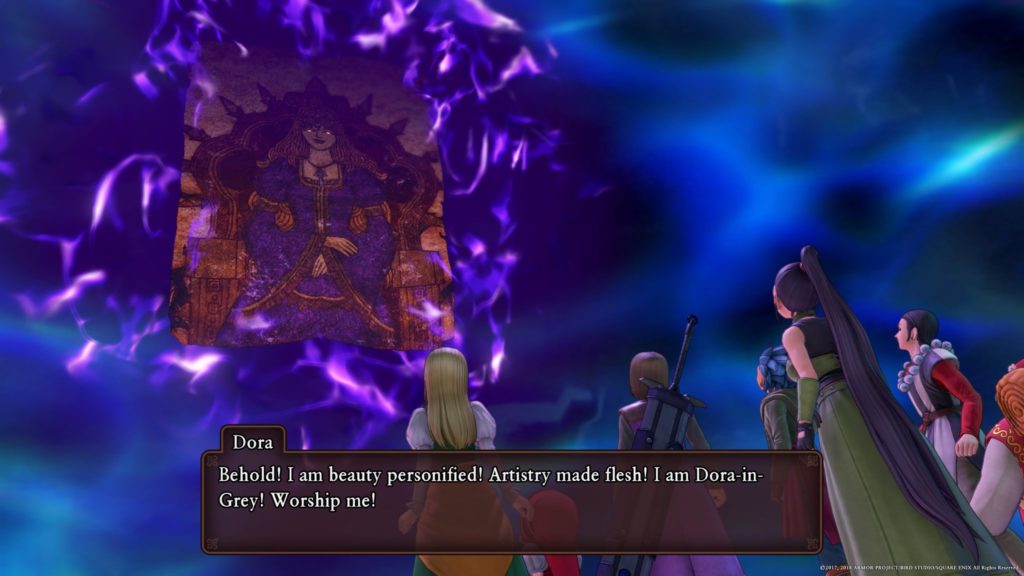
Overall this was a pretty enjoyable romp. On the story front there wasn’t much new; this is still the story of a convenient hero creating a gang to take out the big world destroying baddy. On the gameplay front it was mostly tweaks to the existing formula. On the artistic side, it was a blend of the old and new. However, the total package is one that really hasn’t been seen at this quality for what has been a genre moving into much different territory at the AAA level. This may be the best example we’re going to see for a long time of a strictly turn-based JRPG, so I can’t do anything but strongly recommend it if that’s what you’re looking for.



